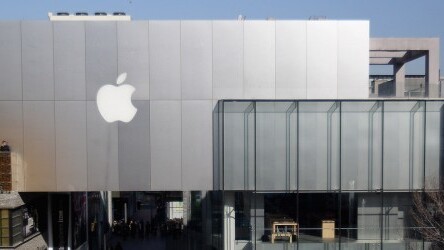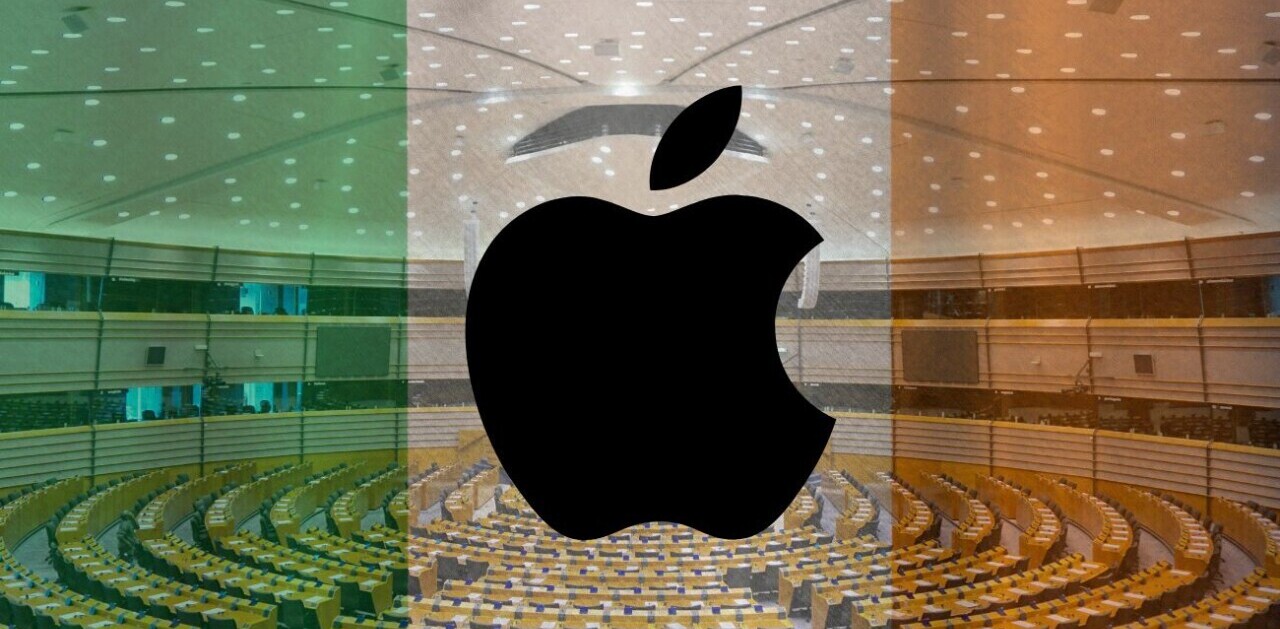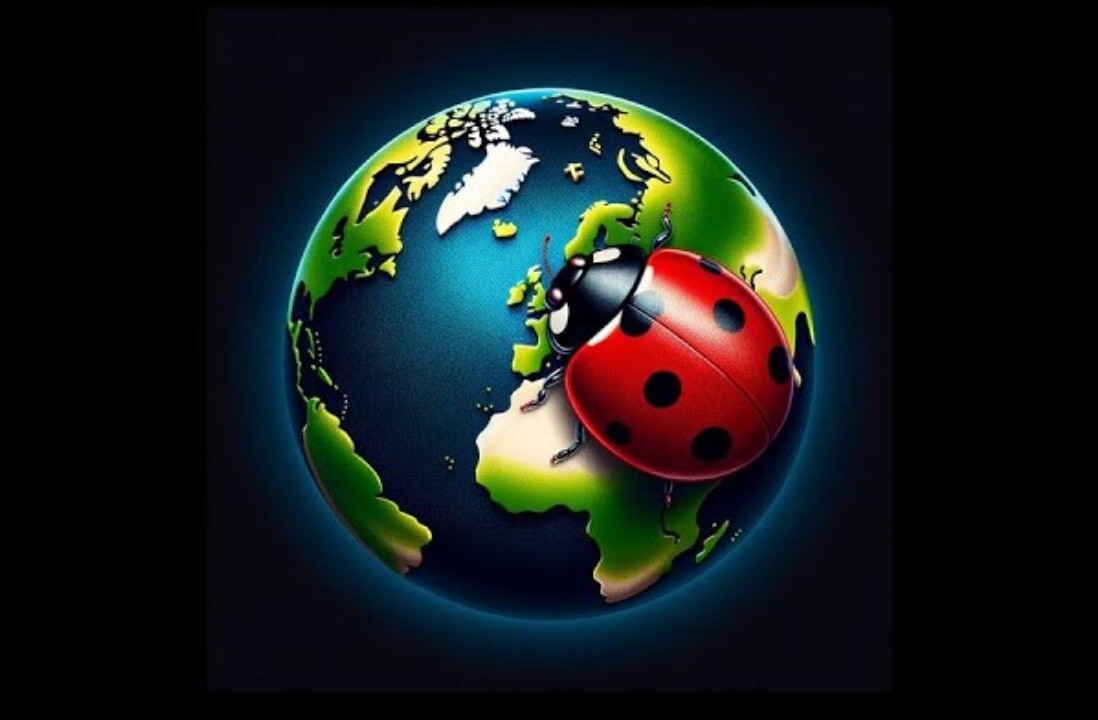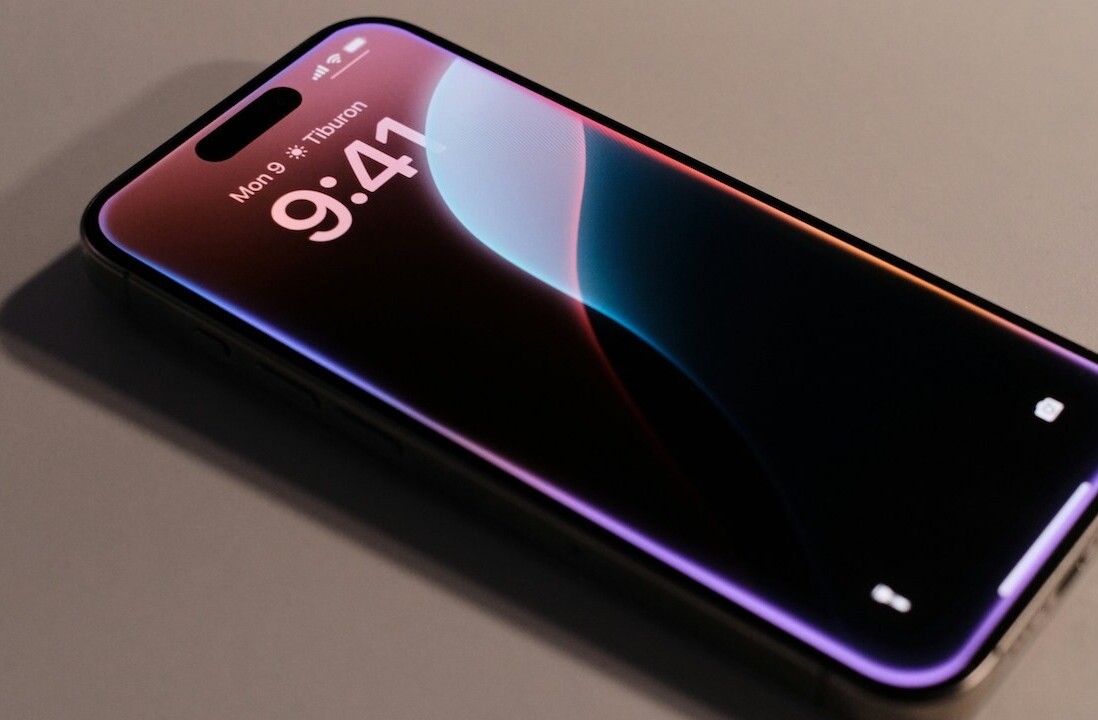
According to a report from the Wall Street Journal, Apple signed a deal with chip maker TSMC this month that had long been in the offing. The deal was closed after the company met requirements from Apple regarding their speed and power usage.
Samsung will remain Apple’s primary supplier for these components through 2014, according to TSMC executives. Samsung currently supplies many components for both iPhone and iPad products, but Apple has been working to alleviate some of its reliance on the company which competes with it so closely in the mobile phone market.
Negotiations in the TSMC deal, reports the WSJ, began as early as 2010:
Apple asked to invest in TSMC, or to have TSMC set aside factory space dedicated to Apple chips, the executives say. TSMC Chairman Morris Chang rejected both requests because the company wanted to maintain its independence and manufacturing flexibility, the executives say.
The chips will utilize a 20nm process, which will shrink the size and power consumption of the die much in the way that the Intel Haswell chips increased MacBook Air battery life.
Apple stopped buying iPhone screens from Samsung and switched to LG Display (and hired a former LG Electronics executive for its Korean business), who also supplies some of the screens used in the iPad as well. There were reports earlier this year that Apple may be switching back to Samsung for its super-thin glass, but those have yet to be corroborated.
Apple has also stepped up the use of other suppliers like Pegatron in recent months. Pegatron said that it planned to increase its workforce by 40% in the second half of this year and the general consensus is that this was due to its Apple business. Reuters even went so far as to say that it was related to a lower priced iPhone model that would debut soon.
As Apple and Samsung have heated up as rivals, it’s no doubt been hard for them to maintain the ‘Chinese wall‘ of sorts between their supplier relationship and their fierce competition in smartphones. And then, of course, there was that whole billion-dollar patent infringement verdict, which likely hasn’t helped matters much.
You can read the full Wall Street Journal report here, and it’s worth it as there’s a good record of the back and forth between these two companies in the supply chain.
Image Credit: Feng Li/Getty Images
Get the TNW newsletter
Get the most important tech news in your inbox each week.





